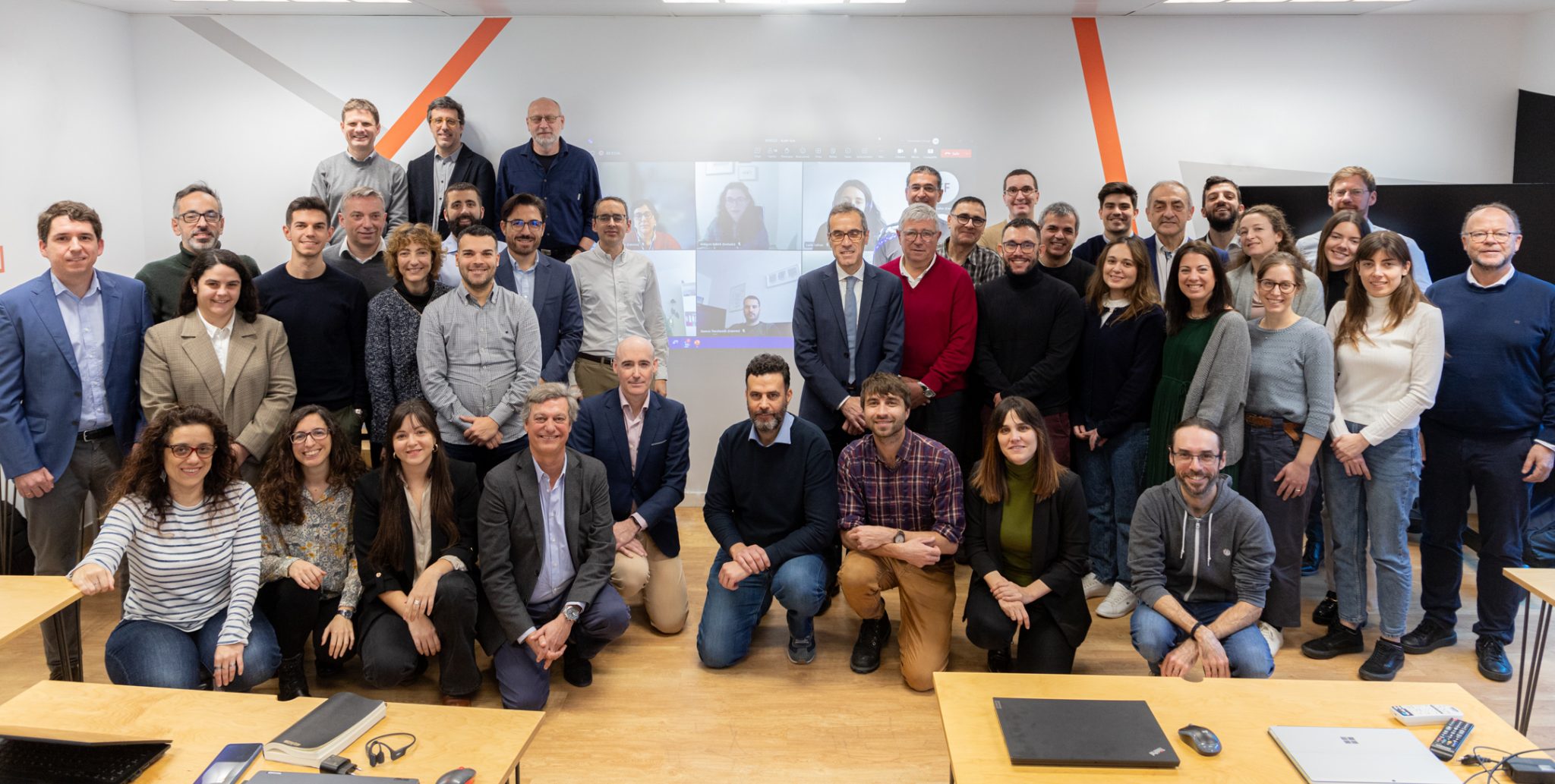Decarbonizing the planet is one of the goals set out in the European HYIELD project. Achieving this requires decarbonizing an element like hydrogen – currently responsible for more than 2% of the world’s total CO₂ emissions – which gives rise to green hydrogenis revealed as one of the keys.
The partners of HYIELD have officially started the project to… first waste-to-green hydrogen conversion plant on an industrial scale in Europe.
The €15.5 million project, co-financed by the Clean Hydrogen Partnership through the Horizon Europe program with a €10 million grant, will run over the next four years and involves 16 partners from Spain, France, Luxembourg, Norway , Germany and Switzerland involved.
The first meeting, held on January 18, 2024 at the WtEnergy Advanced Solutions headquarters in Barcelona, was attended by all partners, together with project managers Luca Feola and Antonio Requena Fernández from the Clean Hydrogen Partnership.
The meeting was opened by Álvaro Sánchez, project manager at Magtel, the coordinating company of the project, with a presentation of the overall objectives of the project and the work plan.
This was followed by a contribution from Luca Feola and Antonio Requena Fernández, who spoke about the role of the Clean Hydrogen Partnership and the ambitions of the project in relation to the Horizon Europe research program. The leaders of the different work packages then presented their objectives, tasks and upcoming activities for the next six months.
The website, with more information about the HYIELD Projectwill be published in the coming months.
European HYIELD project: green hydrogen, a product of the future
He green hydrogen is gaining interest in Europe as a route to decarbonise many sectors, including energy-intensive industries, aviation and shipping.
While much attention has been paid to the potential of producing green hydrogen from renewable electricity through electrolysis, there is also a very significant potential in the area of waste.
Europe produces around 300 million tonnes every year, with the potential to produce 30 million tonnes of green hydrogen, three times the European production target. green hydrogen before 2030.
He green hydrogen produced from waste and biomass It has been extensively tested on a pilot and laboratory scale and several large-scale projects are currently being developed around the world.
The Clean Hydrogen Partnership believes that converting waste into hydrogen can produce green hydrogen at a lower cost, potentially under €3/kg, compared to around €5-6/kg for electrolysis.
The title of HYIELD is “New multi-stage demonstration plant for steam gasification and syngas purification for the conversion of waste into hydrogen.”
The project aims to build the first demonstration plant The large-scale conversion of waste to hydrogen in Europe that will yield more than 400 tons of green hydrogen During the project. The ambition is to develop a solid and efficient solution that will pave the way for commercial expansion and its replication across Europe, allowing the closure of landfills and the production of cheap green hydrogen in relevant volumes to contribute to decarbonizing sectors such as maritime transport. and heavy industry.
The demonstration plant will use WtEnergy Advanced Solutions’ CleanTech gasification technology and H2Site’s membrane separation reactor and will be deployed at a CEMEX cement plant in Spain, where the green hydrogen It will be used in the production of cement.
European HYIELD project: partners
He consortium HYIELD It consists of 3 research centers, 4 technology developers, 5 industrial end users, 1 waste manager and 2 specialists. The consortium has experience in the field of waste management, hydrogen, materials science, thermochemical process technology and technological scaling.
Under the coordination of MAGTEL, the consortium of HYIELD Project It consists of other Spanish partners: WTENERGY ADVANCED SOLUTIONS, H2SITE, CEMEX, VEOLIA, ENAGAS, EURECAT, CETAQUA, INVENIAM GROUP, INSTITUTO DE CARBOQUIMICA DEL CSIC and LA FARGA; together with MINCATEC ENERGY (France), SINTEF (Norway), ARISTENG (Luxembourg), ARCELORMITTAL (Germany) and SYNHELION (Switzerland).
The HYIELD project has been approved for funding in response to the Horizon Europe call “Waste-to-Hydrogen Demonstration Plant (HORIZON-JTI-CLEANH2-2023-01-05)”. The call is led by the Clean Hydrogen Partnership (Clean Hydrogen JU), the body that oversees the European Commission’s financing and R&D&I activities related to hydrogen, with the aim of supporting the Green Deal and the EU strategy.

